The first in a series of articles examining Dark Emu-style claims.
Just a few days ago, Bella d’Abrera from the Institute of Public Affairs was interviewed on Sky News Australia’s Outsiders on the subject of the new ACARA curriculum and the extent to which it is corrupted by ‘cross-curriculum priorities’, including climate change and Aboriginal culture. It is Aboriginal culture that I’m concerned about here. The specific example d’Abrera gave was the suggestion that the boomerang and its aerodynamic properties led directly to the development of the drone. This meme is part of a wider narrative that Bruce Pascoe borrows from in his book Dark Emu.
Pascoe is wont to claim a lot of ‘firsts’ for Aboriginal society – the first loaf of bread, the invention of democracy, the first engineered fisheries in the world. But he is not alone. We hear these claims repeatedly and they spring from the idea that Aboriginal culture is the oldest in the world. As critics of Dark Emu emerge from the woodwork (claiming that they knew all along it was rubbish) now that it has been thoroughly discredited, the main criticism they level at Pascoe is not that he cynically and shamelessly corrupted his sources but that he demeaned Aboriginal society by suggesting that their traditional hunter/gatherer lifestyle was inferior to the European agricultural model.
I wonder if they appreciate the irony that these claims of Aboriginal exceptionalism are equally demeaning to Aboriginal people in that they are so deeply patronising. Over the next week or so, I will be presenting a series of short articles, extracted from my book Bitter Harvest, which examine some of these claims.
Let’s begin with astronomy.
Did you know that Aborigines were the world’s first astronomers? We have this from no less an authority than proud Wiradjuri woman, Kirsten Banks. Kirsten graduated from UNSW in 2018 with a Bachelor of Science degree in Physics. Her Wikipedia entry describes her as an astrophysicist and science communicator. She works as a science communicator at the Sydney Observatory and has essayed numerous media appearances, but as to her being an astrophysicist, there is little evidence that she does any work in this field. She has just completed her Honours year. She ‘dreams of becoming a world-famous science communicator’.
She features on a webpage titled Australian Indigenous Astronomy along with other astrophysicists, Educators, Researchers, and Published Elders, including of course Bruce Pascoe, who is described as a Bunurong Elder. This website tells us:
‘Indigenous astronomy’ is the first astronomy – the astronomy that existed long before the Babylonians, Greeks, the Renaissance, and the Enlightenment.
That may be true as far as it goes but ‘indigenous’ in this context does not mean Aboriginal. It really refers to primitive people the world over.
Kirsten’s main interest appears to be Indigenous Astronomy, which, let’s face it, is an oxymoron. Astronomy is defined as: “a natural science that studies celestial objects and phenomena. It uses mathematics, physics, and chemistry in order to explain their origin and evolution.”
The Australian Aborigines certainly studied celestial bodies and events –- as all primitive peoples have done. They devised myths and legends based on these observations and even made practical use of their observations for, say, navigation or prediction of seasons –- as all primitive peoples have done. But they did not use mathematics, physics or chemistry to explain their origin or evolution. I’m sorry to rain on Kirsten’s parade but Indigenous Astronomy is not astronomy but merely a branch of anthropology –- a worthy field of study certainly. Is she seriously suggesting the Aborigines acquired astronomical knowledge or insights that have eluded Western science for all these years?
Well, maybe. Let’s hear from her about Aboriginal knowledge of the Solar System:
Just the other week I was exploring in the bush and came across some beautiful rock carvings that appeared to show seven planets, plus the moon, all in a line. Back when there was no light pollution you would have had the ability to see six planets in the sky with the naked eye. Mercury, Venus, Mars, Jupiter, Saturn and Uranus. I kept looking and thinking, and I realised that there was one planet missing. Surely it couldn’t have been Neptune, the farthest major planet in the solar system, because it’s not physically visible to the human eye. I realised that this eighth circle could be the Earth. I was flabbergasted – this could be evidence of our people knowing that Earth is a planet along with the others in our night skies, orbiting around a bright hot star called the sun, a millennia before the likes of Galileo, who discovered this a mere 400 years ago!
Rich astronomical knowledge that dates back over 65,000 years runs through our veins. We should embrace it. Why? Because we are the first astronomers!
What an extraordinary find! I would love to see the work of this antipodean Galileo. If only there were some sort of device that would have enabled Kirsten to capture an image of these providential carvings so that we could all share her wonder. Could we have another Professor Jim Bowler (who discovered Mungo Man) in this young lady, I’m forced to wonder? Or merely just another Bruce Pascoe?
I should point out that Kirsten Banks is not the only one making grandiose claims on behalf of Indigenous Astronomy. Unfortunately, however worthy a field of study it is, it is not astronomy. It is more accurately termed Celestial Anthropology.
Got something to add? Join the discussion and comment below.
Get 10 issues for just $10
Subscribe to The Spectator Australia today for the next 10 magazine issues, plus full online access, for just $10.

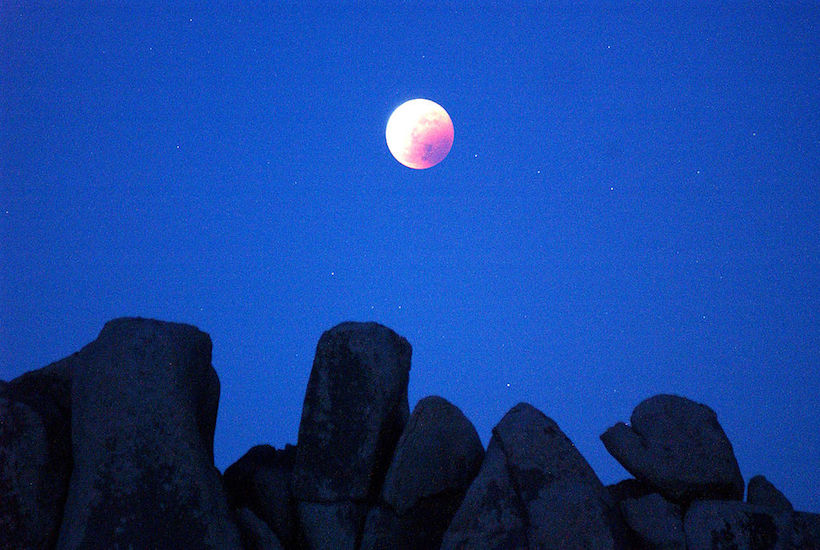
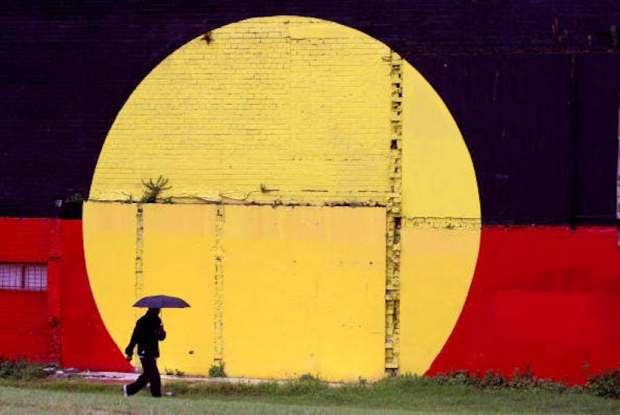
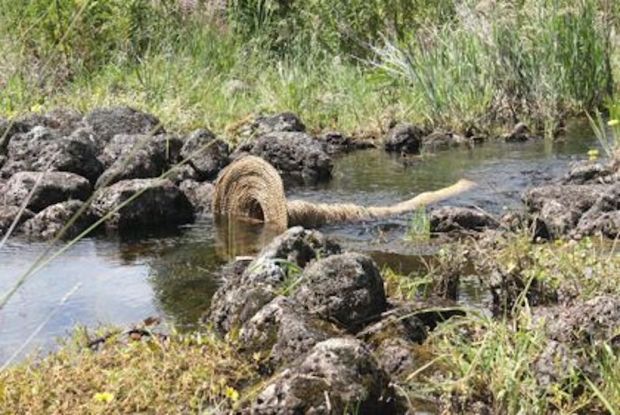
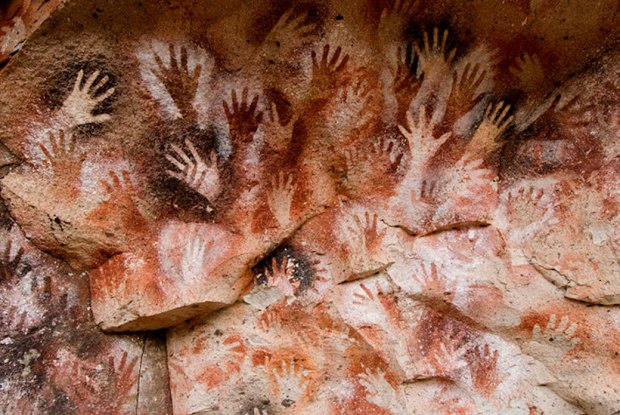

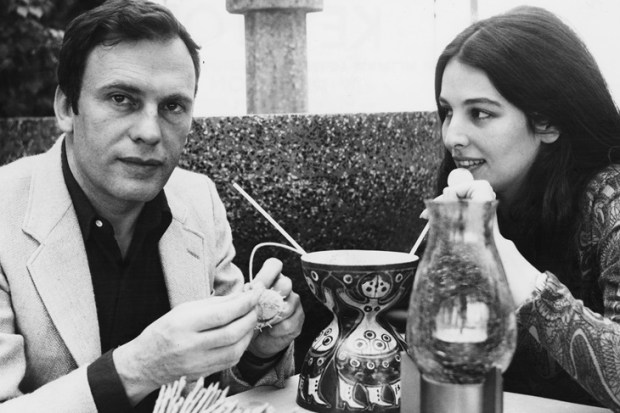



















Comments
Don't miss out
Join the conversation with other Spectator Australia readers. Subscribe to leave a comment.
SUBSCRIBEAlready a subscriber? Log in